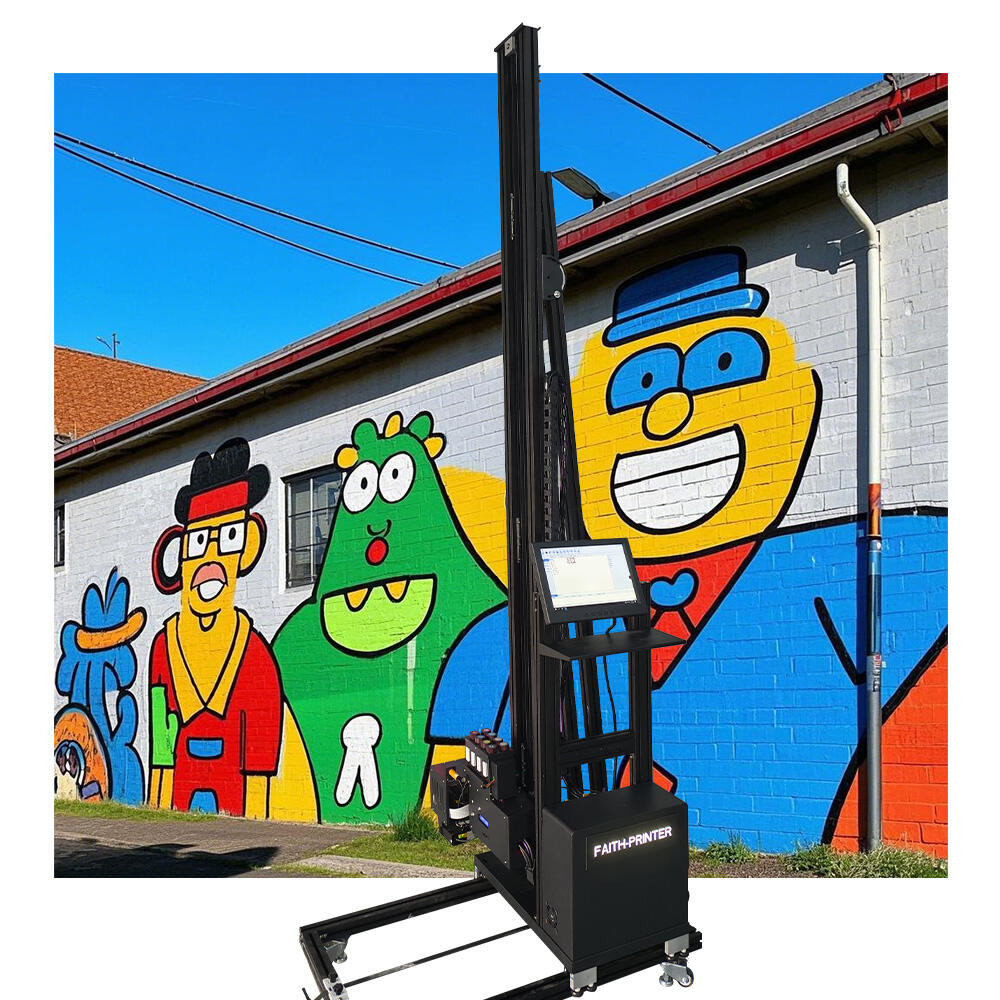Starting a wall printer business does require an investment in equipment and materials, but with a focus on service quality and an effective marketing strategy, profitability and returns can be achieved.
Step 1: Analyze the market and competition
First, carefully analyze the local market and assess the potential demand for wall printing services. Study market trends, customer interest in personalized interior decoration, and opportunities for cooperation with related companies. Understand the service content and pricing of competitors, find out their strengths and weaknesses, and develop an effective strategy to stand out.
Step 2: Develop a business plan and choose a business model
Develop a comprehensive business plan, considering investment costs (wall printers, consumables), sources of funds, and revenue and profit forecasts. Decide whether to operate on your own or form a team, and clarify the business model: will it target individual customers (B2C), corporate customers (B2B), or a combination of both?
Step 3: Build a well-known brand and develop a marketing strategy
Create a brand image that stands out in the market, develop a professional website, and actively promote the completed project portfolio through social media. Establish a partnership with an interior design company, decorator or architect, and provide high-quality services to ensure customer satisfaction, which will help to gain positive reviews and word-of-mouth communication.
Choose a vertical wall printer
Investing in a high-quality wall printer is key to ensuring industry leadership. Professionalism, precision and excellent quality are important factors in winning new orders. Customers expect perfect, eye-catching wall prints, so a good UV ink printer should be able to meet or even exceed their expectations, providing clear, vivid colors and sharp graphics.
However, print quality and resolution alone are not enough! Intuitive operation, print speed, reliability and support for additional accessories are equally important. At the same time, reliable after-sales support is also indispensable to ensure that the equipment operates stably for a long time and reduce the loss of revenue caused by downtime. With fast technical support, you can minimize the impact of failures on your business, thereby achieving higher customer satisfaction and business success

 EN
EN
 AR
AR
 HR
HR
 NL
NL
 FR
FR
 DE
DE
 IT
IT
 JA
JA
 KO
KO
 PL
PL
 PT
PT
 RO
RO
 RU
RU
 ES
ES
 SV
SV
 ID
ID
 TH
TH
 TR
TR
